What is Alpha helix?
The alpha helix is one of the most common secondary structures that are often formed in proteins. It is also named for the people who discovered it, and thus is also referred to as the Pauling–Corey–Branson α-helix.
The alpha helix has the appearance of a helix as a consequence of the type and location of the intrastrand bonding that occurs. The structure has a rod-like appearance with a tight inner coil.
It consists of bonds that are formed between amines (NH) and carbonyl (CO) groups.
Bonds form between the hydrogen atom of the NH and oxygen atom of the CO. This is possible because the oxygen atom has a partial negative charge and the hydrogen atom has a partial positive charge, which enables hydrogen bonding since the two atoms are attracted towards each other.
It takes an average of 3.6 residues for the most hydrogen bonds to form. In addition, in the alpha helix, the R groups are always pointing towards the outside of the structure. This means that every turn of the helix will consist of 3.6 residues on average.
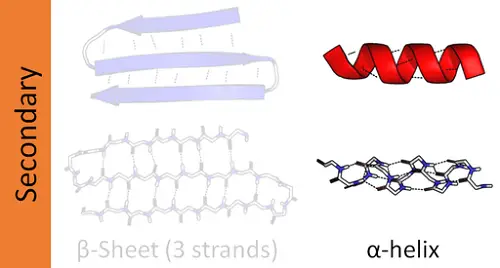
The hydrogen bonds are formed on the peptide backbone not on the side chains of the polypeptide. The side chains tend to point towards the N-terminus of the structure.
The alpha helix is commonly found in the proteins of keratin forming wool and hair. Although the helix can be left-handed (counterclockwise), it is right-handed (clockwise) when found in proteins.
This is because when the helix is left-handed there are more collisions among the R chains than when it is right handed, that is there are more steric clashes possible. This means that it is energetically more efficient to have a right-handed rather than left-handed alpha helix.
Alpha helices are formed more readily in hydrophobic conditions such as in the plasma membrane of a cell, because hydrogen bonds are relatively weak and unstable under hydrophilic conditions.
Additionally, the alpha helix is more resistant to mutations and stronger than the beta sheet when it comes to secondary structures of proteins.
Different amino acids have different tendencies to form an alpha helix, with some being much less likely to form helices. This is known as helix propensity. Glycine and Proline have a very low likelihood and propensity for instance.
What is Beta helix?
A beta helix is a structure formed from two or more parallel beta strands joined together by hydrogen bonds. These form between two or more strands to form a spiral structure. Occasionally metal ions can help to stabilize the structure.
Both a right and left handed beta helix can be formed. Beta helices can form between the ends of the beta strands or at the faces.
The two strands are known as beta pleated sheets. When the helix forms, the side chains and residues will actually arrange and point towards the center of the protein structure.
The beta helix has only been found to occur in a very few proteins. One example is the carbonic anhydrase enzyme of Methanosarcina sp. in which a left-handed beta helix was discovered formed between four beta strands.
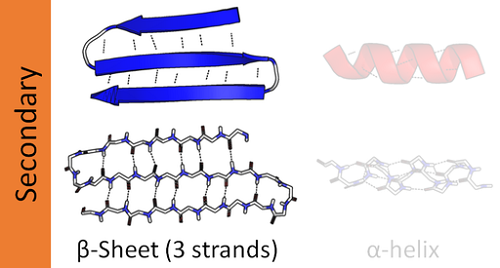
The length of the turn of one beta helix in this enzyme was 17 residues. Hydrogen bonds formed between the different beta strands acted to stabilize the structure. Another example of a left-handed beta helix has been found in the molecule UDP-N-acetylglucosamine acyltransferase.
An example of a beta helix that is a right handed beta helix is that found to occur in the pectate lyases. In this case there were 22 residues per turn.
Beta helices have been found in the antifreeze proteins of certain insects, including the spruce budworm and Tenebrio molitor beetles.
What is the difference between Alpha helix and Beta helix
- In the alpha helix the hydrogen bonds form within one strand (intrastrand), while in the beta helix they are between two or more strands (interstrand).
- A beta helix is a larger structure as it involves bonding between two or more strands, while an alpha helix is a smaller structure involving bonding within a single strand.
- A beta helix forms between beta pleated sheets, while this is not the case for the alpha helix.
- In the alpha helix the residues are pointed towards the outside while in the beta helix they are pointed towards the inside.
- In the alpha helix there are usually 3.6 residues per turn, while in the beta helix there are more than 3.6 residues per turn.
- The alpha helix is often formed, while the beta helix is rarely formed in proteins.
Table comparing Alpha helix and Beta helix
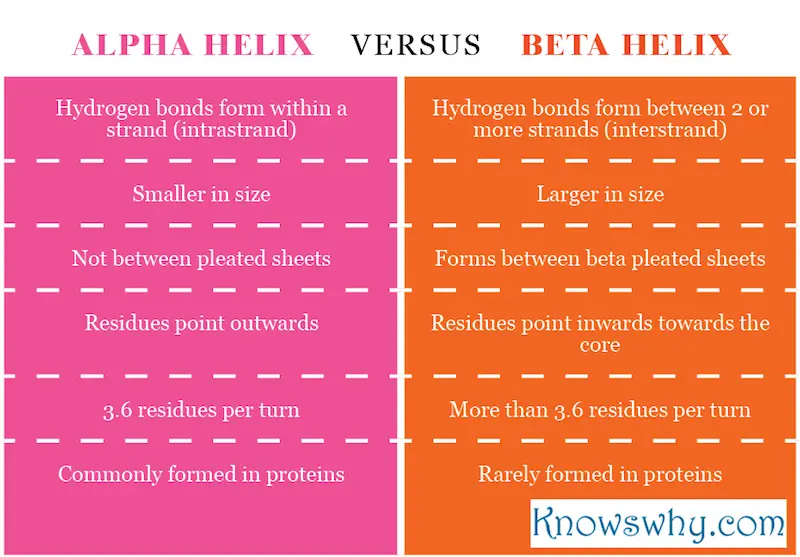
Summary:
- The alpha helix is a common secondary structure formed in proteins in which hydrogen bonds form between amino and carbonyl groups.
- The same type of bonding occurs with the beta helix, but this time the bonds are between strands not within one strand.
- In the alpha helix the amino acid residues point inwards towards the center of the structure while the amino acid residues point outwards in the beta helix.
- The right-handed helix is more stable with the alpha helix because of steric clashes.
- The alpha helix is a smaller structure than a beta helix since the beta helix involves bonding between two and often more than two strands.
- A beta helix structure has been found in some enzymes and in antifreeze proteins of certain insects.
- The beta helix is larger and it involves more residues per turn when compared with the alpha helix.
- Both a left-handed and right-handed alpha and beta helix have been found in proteins.
Author: Dr. Rae Osborn
Dr. Rae Osborn holds Honours Bachelor of Science degrees in Zoology and Entomology, and Masters of Science in Entomology from the University of Natal in South Africa. She has received a PhD in Quantitative Biology from the University of Texas at Arlington. She was a tenured Associate Professor of Biology at Northwestern State University in Louisiana for 10 years. She also completed an AAS Degree in Information Network Specialist and an AAS in Computer Information Systems, at Bossier Parish Community College in Louisiana.


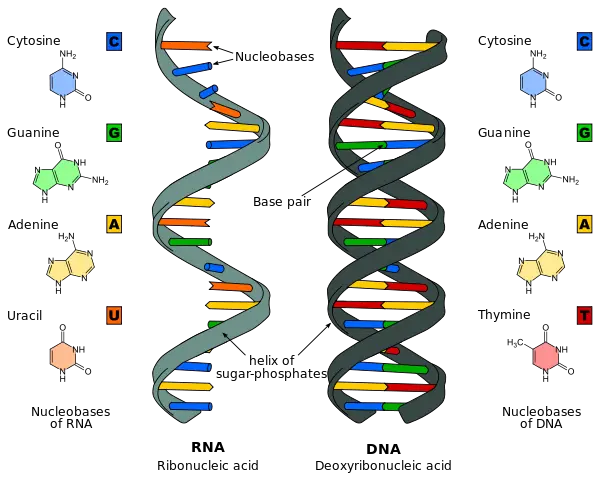

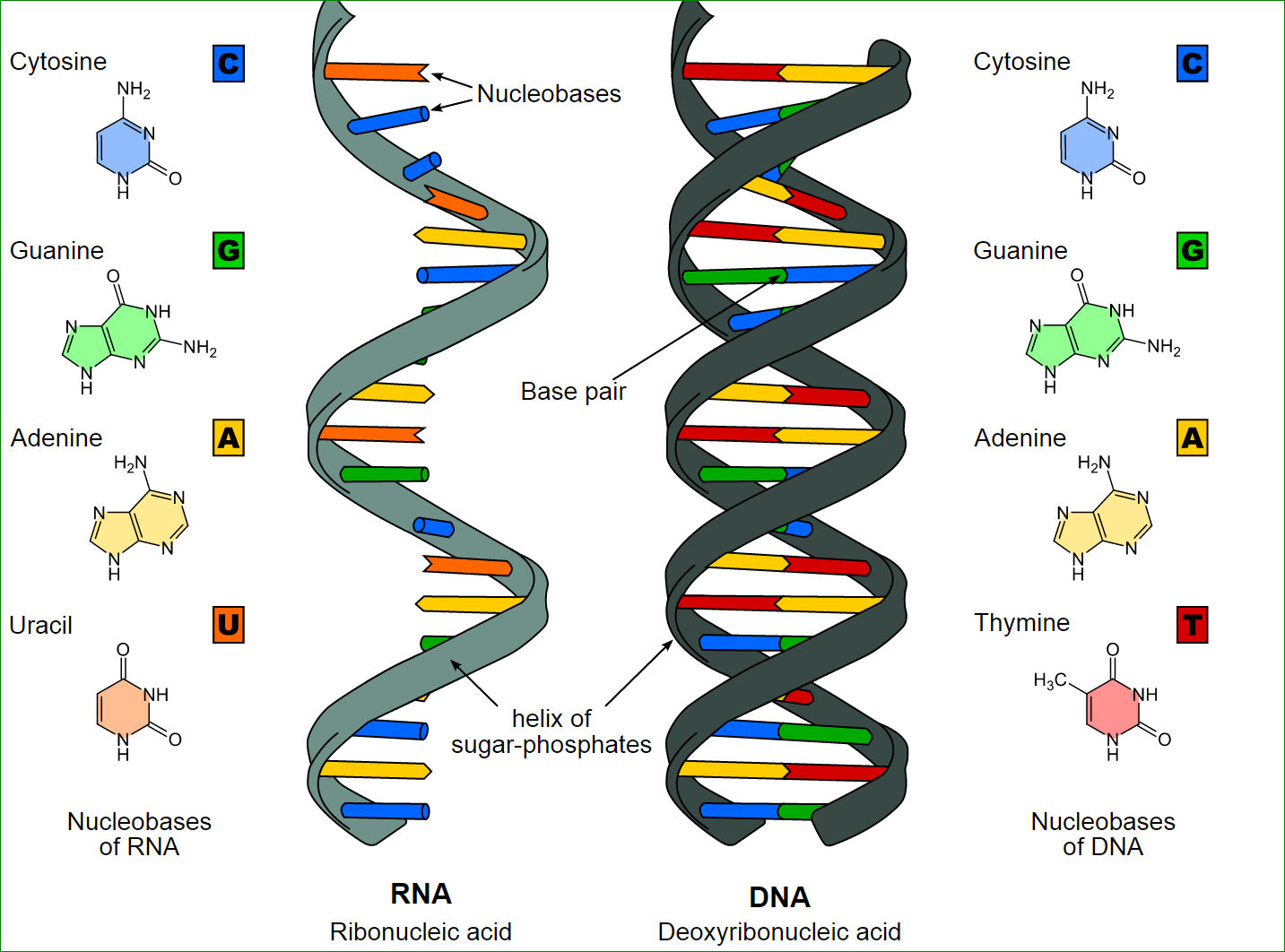
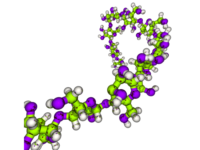





Leave a Reply